There are so many tools out there that it’s hard to know which ones you need for a specific job.
We’re going to help you sort through the different types of tools and give you some tips on how to choose what’s right for your next project.
In this blog post, we’ll cover all kinds of home improvement projects and explain when each type of tool is most useful.
Types of Power Tools
1. Drill
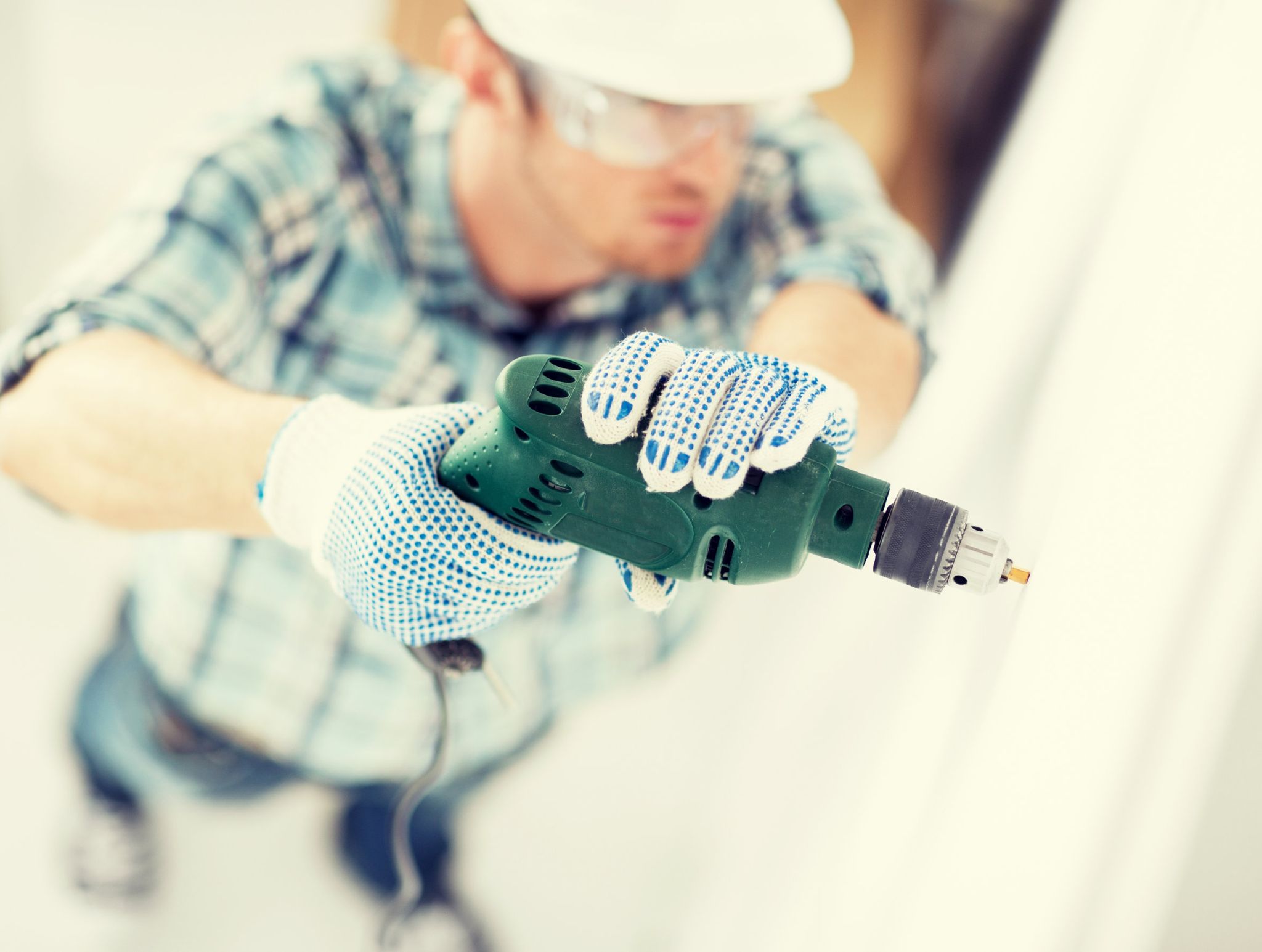
A drill is a machine used to push an object or material into something in order to create an opening or space. Drills are often powered by hand, but can also be powered by electricity and battery power. Battery-powered drills are most common these days because there’s no more fussing with cords that get tangled up during the work process!
There’s an overwhelming number of drills from which you have to choose when shopping for one so it might require some narrowing down before making your final decision. Once you’ve drilled down what purpose(s) will serve best, all that’s left is choosing among three main types: hammer/impact drivers, standard high-speed electric models (which aren’t too powerful), and cordless tools – which provide the most mobility. It’s helpful if you understand the different features among these three types of drills.
2. Screwdriver

A screwdriver is a tool used to drive screws for construction, manufacturing, and home improvement projects. Screwdrivers come in many different types, including flathead screwdrivers, Phillips head screwdrivers, Torx heads, hex heads, and ergonomic handles, just to name a few.
Also known as an impact driver or drill driver, this kind of power tool can accomplish tasks that standard drills alone can’t do – like driving large lag bolts with extreme force within seconds. Why spend hours by hand when you could be spending minutes? Hammer drivers are popular because they make it possible to complete jobs quickly without much effort on your part.
3. Hammer

A hammer is a tool typically used to drive nails into surfaces such as wood or metal. Hammers come in two categories: sledgehammers and hammers. Sledgehammers are large, heavy-duty tools that can be used for demolition work on bigger projects – like tearing out old walls from a house. Hammers are smaller, more typical versions of a hammer and more lightweight than a sledgehammer – but they still pack a punch when it comes to jobs requiring some force.
4. Circular Saw
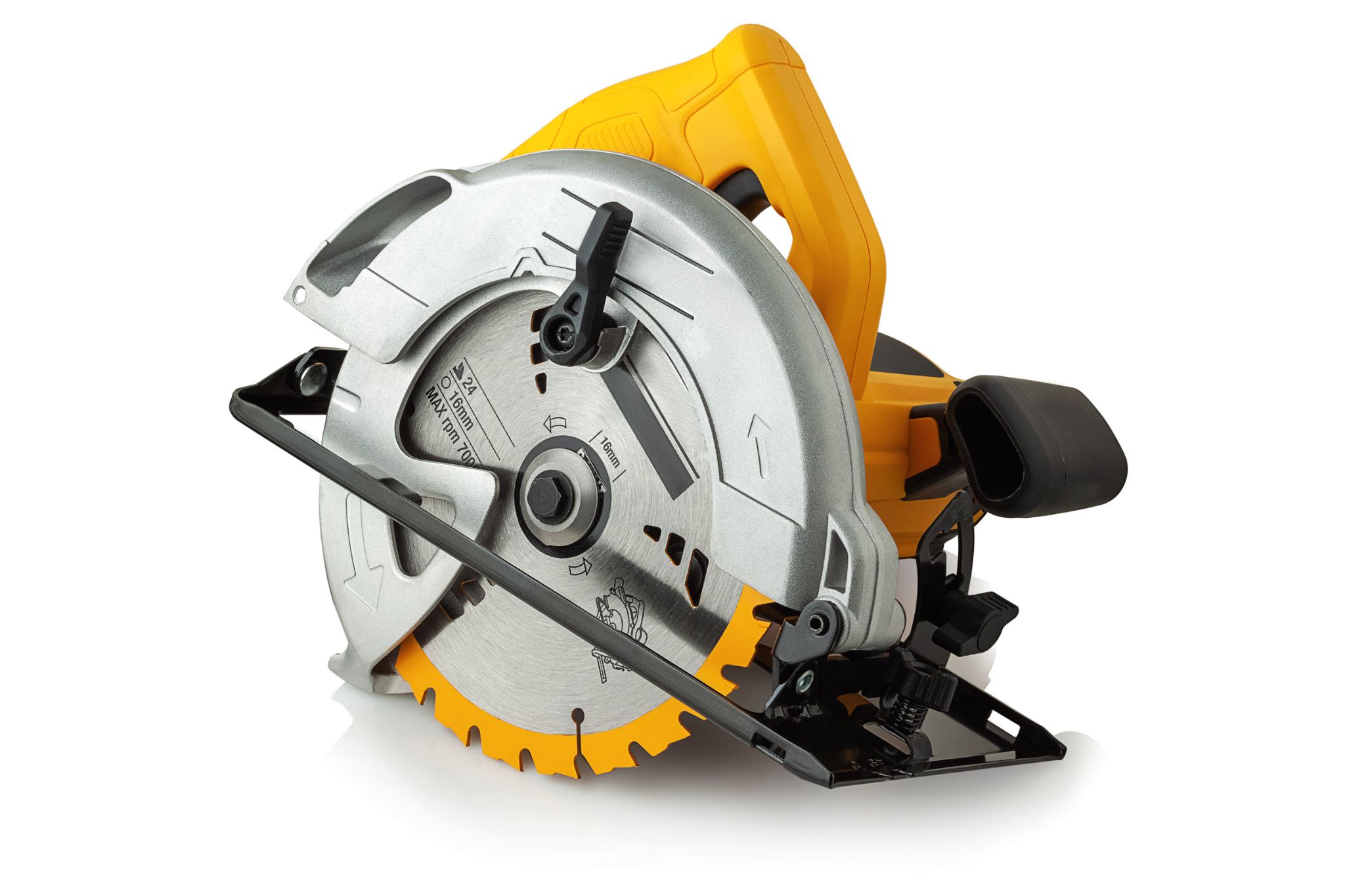
A circular saw is an electric power tool with a round blade that spins horizontally while you guide the saw along the cutting area where it needs to be cut down. If you’ve ever seen someone use one of these, you’ll know that it’s not something you can easily handle on your own. Circular saws are ideal for quick, straight cuts because the blade moves along what you’re cutting at 500 rotations per minute (RPM). You need to be mindful of how quickly you push or pull the saw so as not to damage the material, yourself, or the equipment itself.
5. Saw

A saw is a tool typically used to cut and chop through solid surfaces such as wood and metal. Saws come in two categories: hand saws and power saws. Hand saws can be used for more detailed work that requires finer cuts, but they require more effort than power saws which is why they aren’t ideal for large-scale projects with thick materials. You’ll most likely need both types of tools to get the job done right the first time around.
6. Nail Gun/Staple Gun

A nail gun is a powered tool with a magazine inside that can hold multiple nails. The nail gun is usually held with the user’s hands, but it has some grip handle at the base of the magazine for your other hand to provide additional support and stability while you’re using it. Nail guns offer power, speed, and consistency when working on tasks that require nails.
Nail guns are used in all kinds of home improvement projects including installing plywood or subflooring, attaching boards together to form larger pieces, hanging wallboard (drywall), and much more.
A staple gun is similar to a nail gun except they’re mostly used for tacking thin materials like fabric to wood or metal supports around the home. They come in manual or electric versions.
7. Jigsaw

A jigsaw is a power tool typically used for cutting curves or complicated shapes into wood, plastic, or metal surfaces – often in preparation for sanding and other finishing work. While you could do the same with a hand saw, a jigsaw can make it easier because of its flexibility and maneuverability. The device comes with a variety of blades to accommodate different types of materials so you don’t have to change them out when working on different jobs around the house. Most people start off with corded models before moving onto cordless tools.
8. Router

A router is a power tool typically used to remove large portions of material from a surface while smoothing and shaping it in the process. One of the most popular uses for a router is in woodworking – like when you’re making furniture or cabinetry. You can also use them to add decorative effects to surfaces such as doors, windows, ceilings, and floors. Router bits come in all shapes and sizes depending on what they’re intended for so make sure you know which one you need before taking your project outside or investing in new ones.
9. Drill Press

A drill press is a power tool that lets you make holes in different materials at different depths and angles. They typically come with a table for holding the material steady while it’s being drilled, but this isn’t always the case (especially if you’re using one as part of your workbench). Drill presses are more stable than handheld drills because they come with built-in guide rods that keep everything level during use.
10. Compressor

A compressor is a power tool used to drive pneumatic tools such as nail or staple guns, spray guns, and other devices. One of the main benefits of a compressor is that it provides constant airflow which means you don’t have to worry about air pressure levels when using certain tools. The compressed air produced by a compressor is also more powerful than what you’ll get from a canister or an air tank so you’ll get better performance out of your pneumatic tools when working on home improvement projects with thick surfaces like plywood and metal sheets.
11. Lathe

A lathe is a power tool that’s used for shaping, smoothing, or engraving surfaces. It works by rotating the material around a fixed point (the workpiece) while you guide it to create different shapes and textures. Lathes are typically manually operated but there are some models (like CNC lathes) which come with motorized components instead. A manual lathe can be useful because it gives you more control over the process – especially if you’re using different tools to modify the material’s shape as needed.
12. Power Ratchet Set
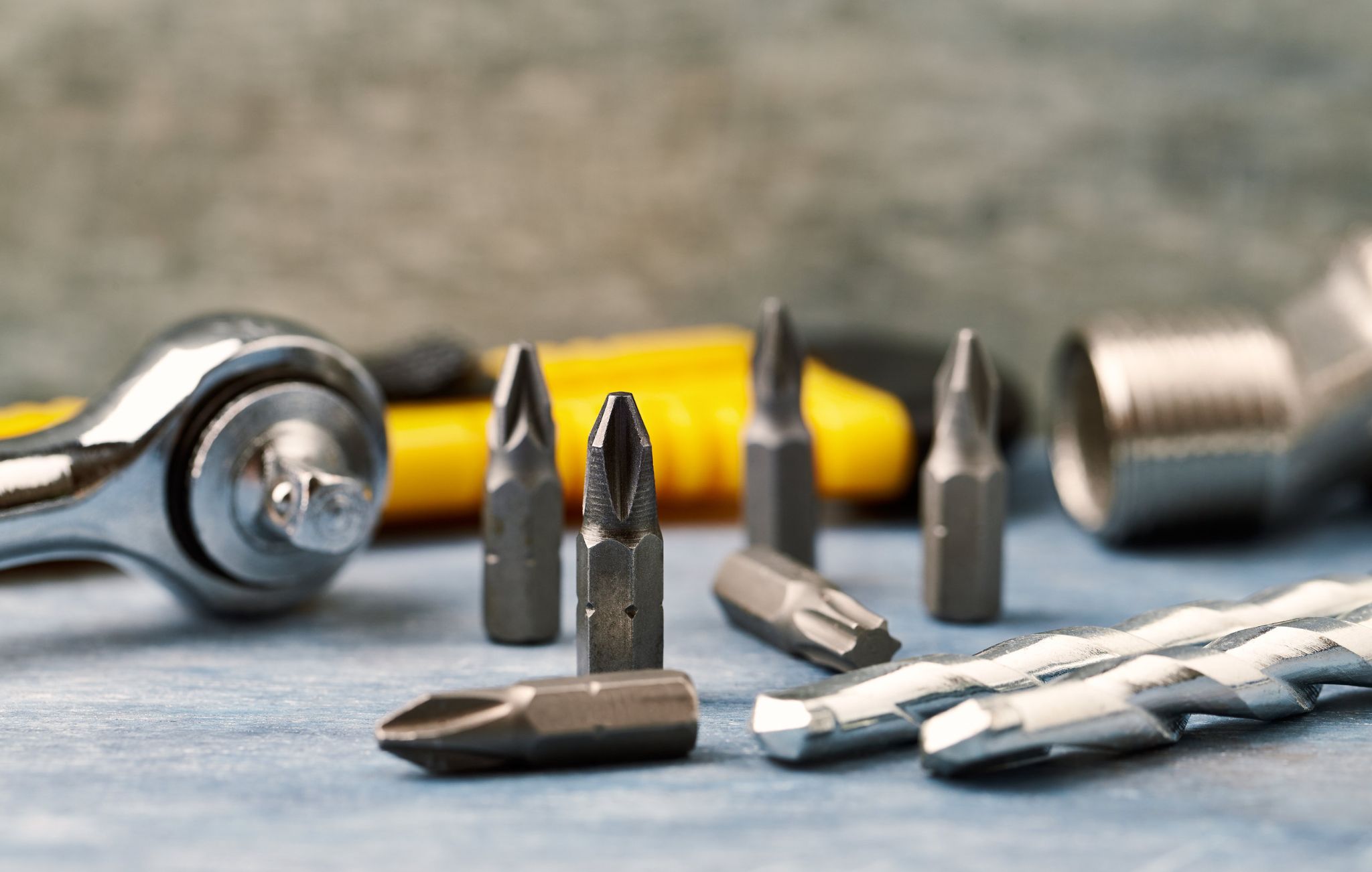
A power ratchet set is a power tool that makes it easier to tighten or loosen nuts, bolts, and other fasteners when assembling furniture, installing appliances around the home, road bike maintenance, and much more. You can use them by hand if you don’t have a socket wrench set but they’re easier to keep track of because everything fits neatly into a storage case – which makes them ideal for DIYers who don’t want to invest in a full-sized socket wrench set.
13. Air Tools

Air tools are similar to pneumatic tools in the sense that they’re powered by compressed air. However, most of them (including nail and staple guns) don’t come with a compressor – which means you need an external power source like a battery pack or an electrical outlet to use them. This can be problematic if you’re trying to work on your home improvement projects outside because it typically requires more setup time and makes the workspace less portable than what you’ll get from cordless models.
Types of Hand Tools
14. Tape Measure

A tape measure is one of the most useful tools for any DIYer to have on hand, and you can use it over and over again over the course of your home improvement projects. It’s common for tape measures to come with a locking mechanism that keeps the blade taut so measurements are more accurate during each use. However, some models don’t have this feature so make sure you know what you’re getting before making an investment.
15. Claw Hammer
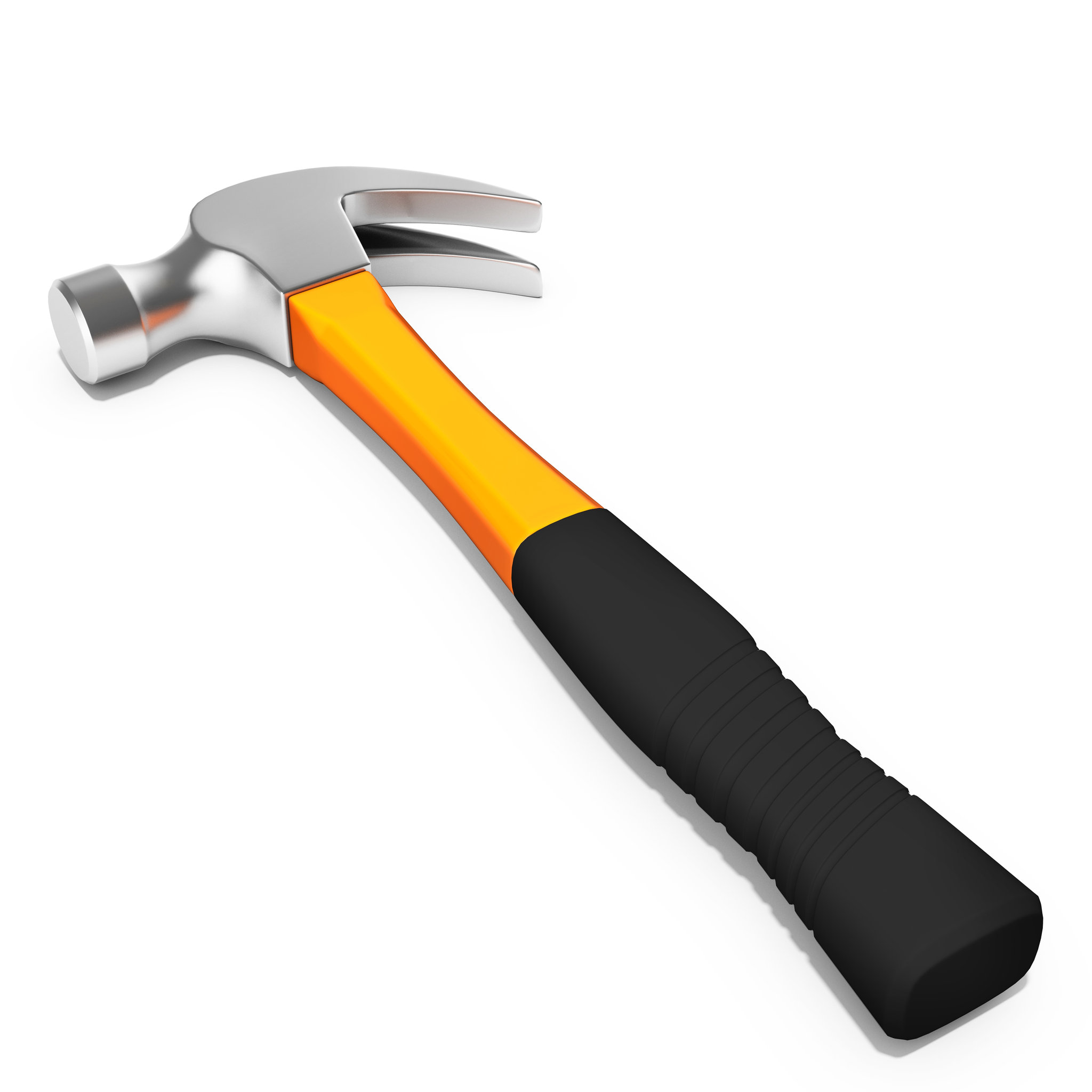
A claw hammer is one of the most valuable hand tools for do-it-yourselfers who need something sturdy enough to drive nails into thick surfaces like plywood or metal sheets without bending or breaking – especially if they’re working alone. The handle should be longer than usual for added leverage which makes it easier for you to strike the nail flush with the board without breaking too much of your strength.
16. Wrench Set

A wrench set is a powerful hand tool that comes in many shapes and sizes, and every DIYer should have at least a few of these on hand during their projects because it can be useful when you need to tighten or loosen nuts, bolts, and other fasteners. Most builders prefer using ratchet wrenches instead of standard ones because they’re more compact and often come with long handles so less strain is put on your back – which makes them ideal for people who want something lightweight but strong enough to do its job efficiently.
17. Pliers

Pliers are helpful tools for any home improvement project, and they’re different from wire cutters – which are only used to cut your wires or cables. You can use pliers to tighten or loosen nuts, bolts, and other fasteners when assembling furniture around the house, add a finishing touch on your home improvement projects, and much more. Some models also have additional features like serrated jaws that can grip materials firmly in place – which makes them perfect for clipping nails without damaging the wood.
18. Level
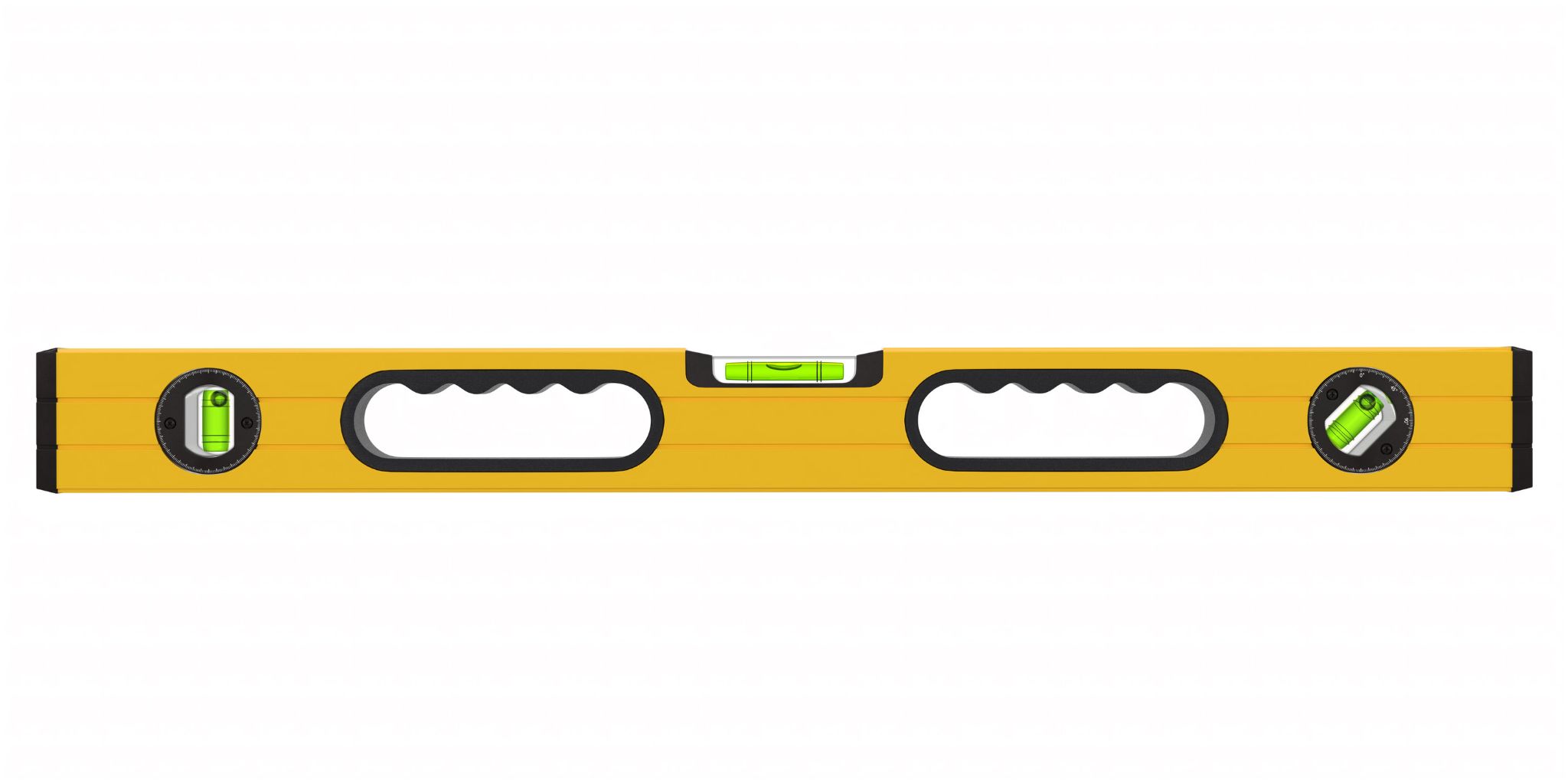
A level is an essential tool for any DIYer who wants to ensure their furniture, appliances, and other projects are up straight. A level is made of several components that let you know when you’re tilting at a certain angle – which makes it easy for you to use the right amount of force without making your work out harder than it needs to be.
19. Wire Strippers

Wire strippers are hand tools with sharp blades designed to cut through electrical wires so they can be stripped properly depending on what you need them for in your home improvement projects. You can find both manual and automatic wire strippers but most builders prefer the latter because they’re more efficient during repeated uses – plus they make less noise while safety around your home in case you’re working with them during the night.
20. Caulk Gun
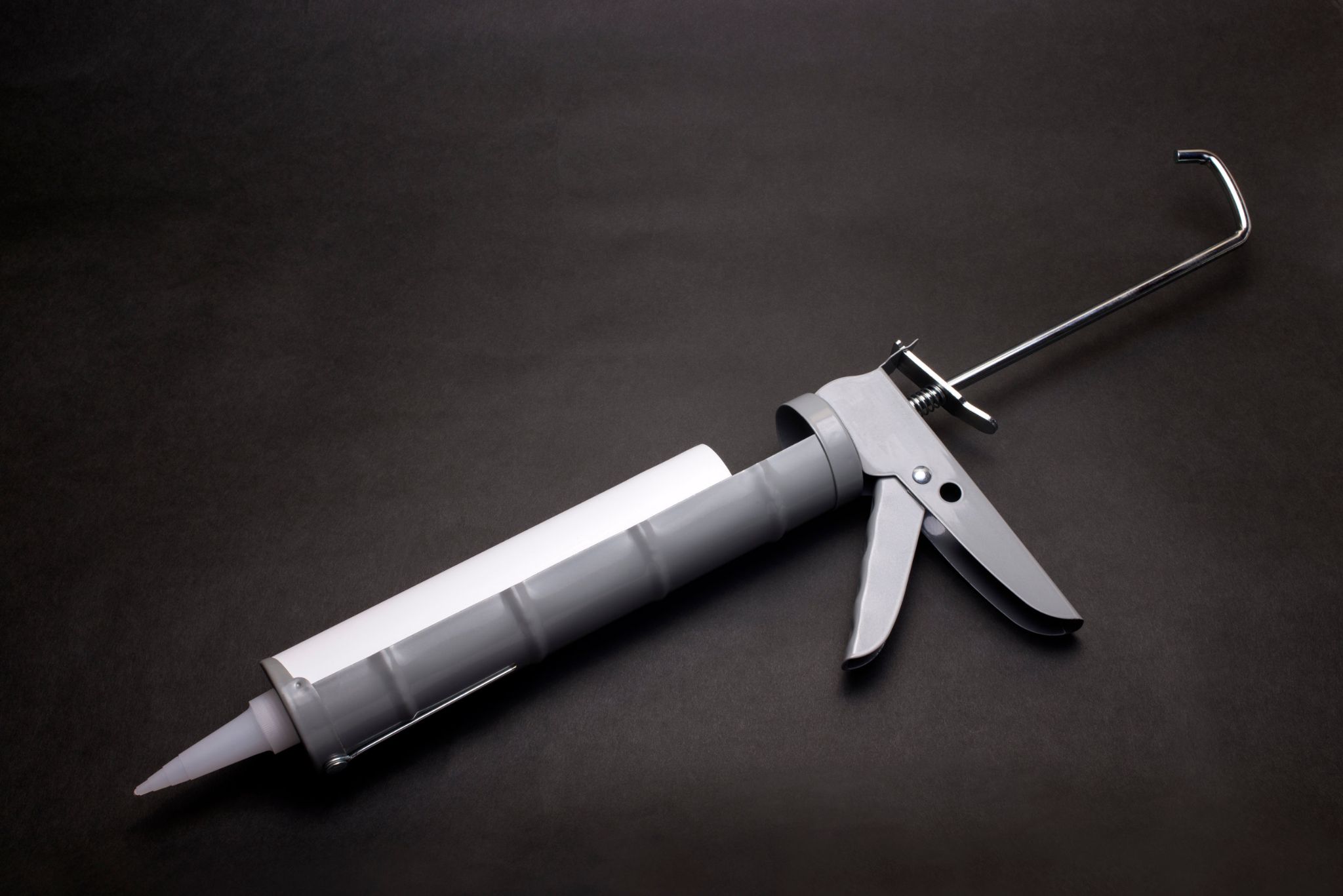
A caulk gun is a hand tool that helps you dispense liquid or semi-liquid sealants in narrow tubes without making a mess when doing DIY projects around your home – just like what you get from silicone or polyurethane caulk. You can use these kinds of sealants for decorative purposes such as painting walls and woodwork, filling small gaps to avoid drafts and much more. However, most people use it on their windows and doors because they’re responsible for keeping heat inside your home during winter and cold weather throughout the rest of the year – which means you need to find out if this kind of sealant will work well with your window frame.
21. Adjustable Wrench

An adjustable wrench is a versatile hand tool that can be adjusted based on the size of the fastener you’re working on. It’s also useful for people who need something they can use more than once because it lets you adjust the opening so this kind of wrench will fit any type of fastener – which makes it perfect for people with limited storage space because it won’t take up too much space in your toolbox or cabinet.
22. Allen Wrench

An Allen wrench is a common hand tool that comes in different shapes and sizes, but it always has a hexagonal-shaped hole at the end. This kind of wrench is very useful for people who like to work on DIY projects around the house because it’s not only easy to use – you can find one no matter what type of fastener your project requires so you won’t have any problems with miscellaneous parts.
23. Chisel

A chisel is a small hand tool with a flat blade attached to its end that’s used for carving wood, plastic or other materials. It’s also useful for cleaning corners and inside grooves, which makes it perfect if you’re repairing a door frame or baseboard.
24. Plunger

A plunger is a simple hand tool that has a rubber suction cup on its bottom so it can grip onto surfaces and provides enough force to unclog your toilet by creating an airtight seal around the hole. Some models also have wooden handles so they don’t give out as much pressure as standard plungers do – plus they look more elegant than the average plunger head.
25. Utility Knife

A utility knife is a common hand tool that consists of a handle with an exposed blade so you can cut through common materials like cardboard, drywall, wood and roofing material easily without putting too much stress on your muscles – although you might need to apply some force depending on the density of the material.
26. Diamond Stone
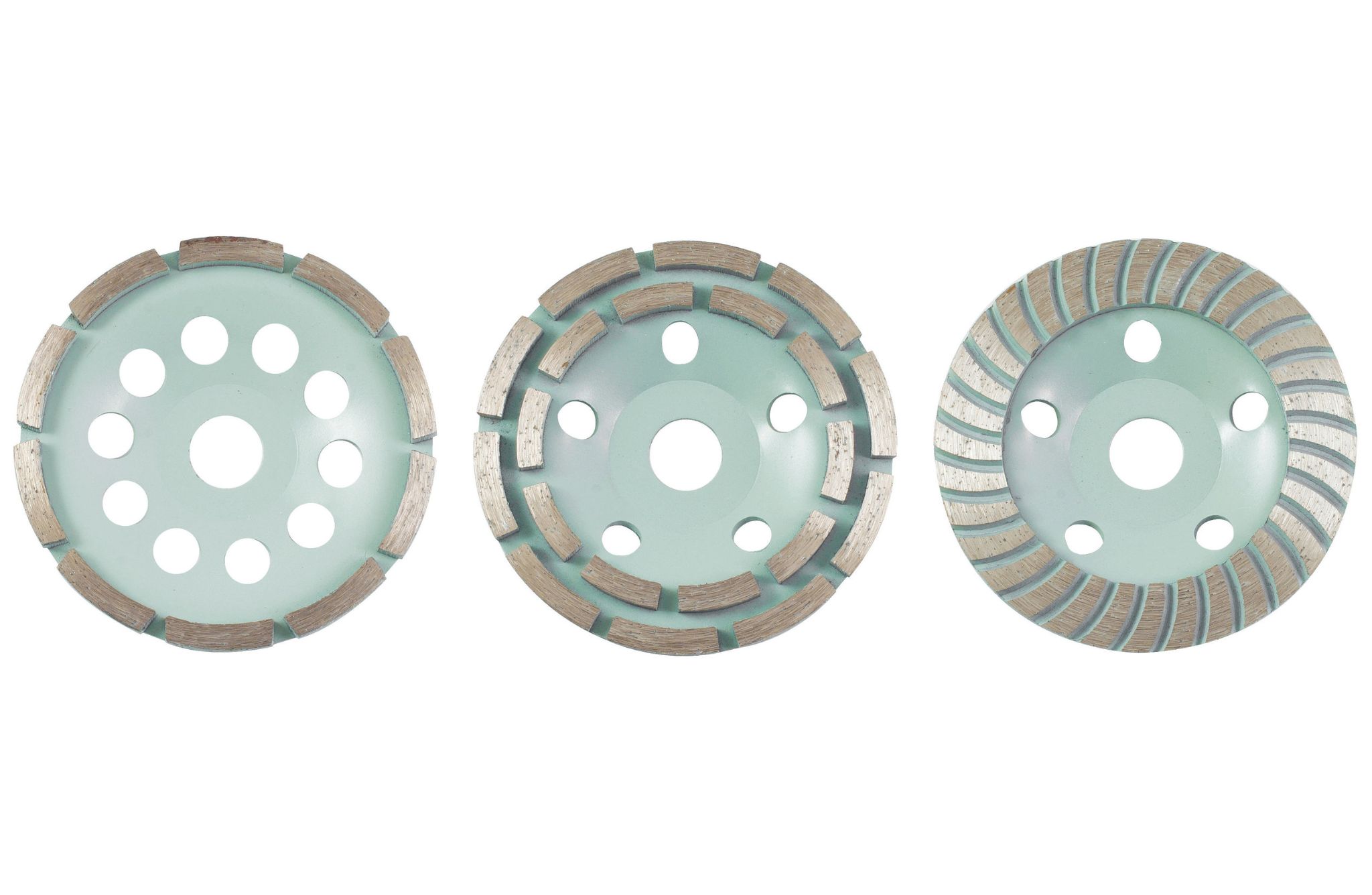
A diamond stone is a small sharpening stone that has a hole in the middle so it can fit onto a metal rod or other tools with a similar size – which lets you sharpen knives, chisels, blades and other cutting utensils without wearing out your arm muscles.
27. Pry Bar

A pry bar is another versatile hand tool that’s best known as a crowbar because of its shape and metal construction. You can use this kind of hand tool to remove nails from wood, old roof shingles and other materials because it creates enough force so you won’t have to put too much pressure on your arms while doing DIY projects around the house. However, make sure it fits properly inside nail slots so you don’t break the material you’re removing the fastener from.
28. Clamp

A clamp is a hand tool that has a metal rod with two small arms on the top and bottom – which lets you hold pieces of wood or other materials in place while you work on fastening them together. However, make sure you find out how high the clamp goes so it won’t damage your project because most clamps can extend from half an inch to several inches depending on the size.
29. Wire Stripper
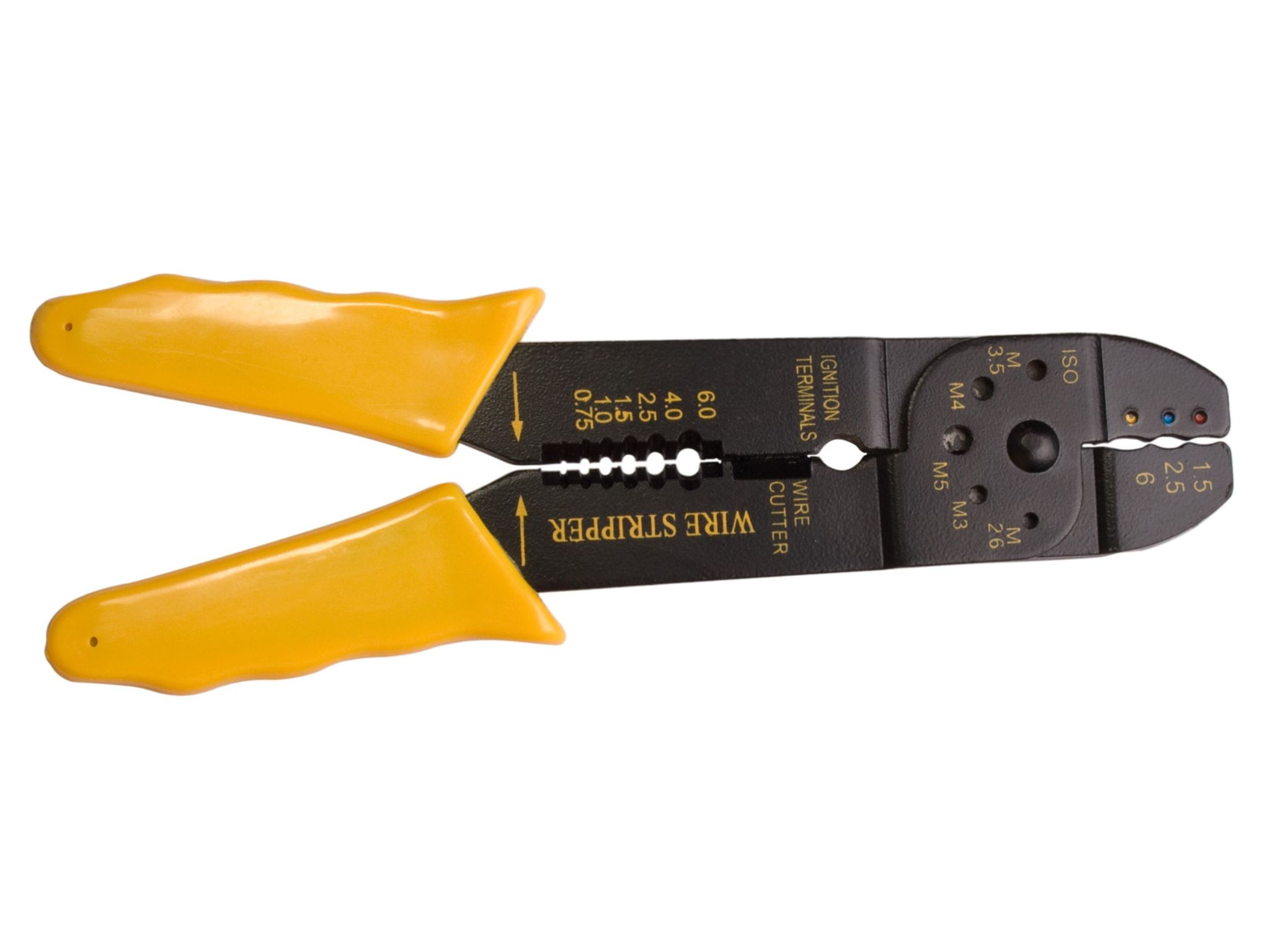
A wire stripper is a common hand tool that has a sharp blade on one side and an adjustable notch on the other so it can remove insulation off electrical wires – which lets you connect electrical components to each other without damaging them or your skin.
30. Hammer

A hammer is a hand tool that consists of a metal head attached to a wooden handle, which makes it easy for you to drive nails and other fasteners into surfaces because it creates enough force so you won’t put too much pressure on different parts of your body while working on DIY projects. However, make sure the material isn’t too hard or else the hammer might break after several uses.
31. Putty Knife

A putty knife is a small hand tool that has a flat blade with rounded edges, which makes it perfect for applying putty onto your walls and other surfaces. You can also use it to scrape off old paint or caulk from your walls if you don’t have time to repaint them, which is why some people call this kind of knife a “spackle knife”.
32. Trowel

A trowel is a small hand tool that has a rounded blade attached to a handle and is used for digging holes and moving around loose materials – like gravel and sand during construction projects. Some trowels can also be used as paint scrapers if their blades are thin enough, which makes them perfect for applying pastes or sealants onto your walls without damaging the material underneath.
Types of Gardening Tools
33. Rake

A rake is a garden tool that has a long handle and a series of projecting metal, plastic or wooden strips attached to the head so you can collect materials like dead leaves and twigs in your garden. You can also use it for smoothing out soil if you want to plant some crops or flowers.
34. Hoe

A hoe is another gardening tool that’s best known as a cultivating tool because of its design, which lets you remove weeds from the ground by digging into the dirt right beneath their leaves with the blade. Some models even have sharp blades on both sides so they can cut through thick roots more easily – which makes them perfect for landscaping projects where you need to remove big bushes or trees without hurting yourself.
35. Pruning Saw
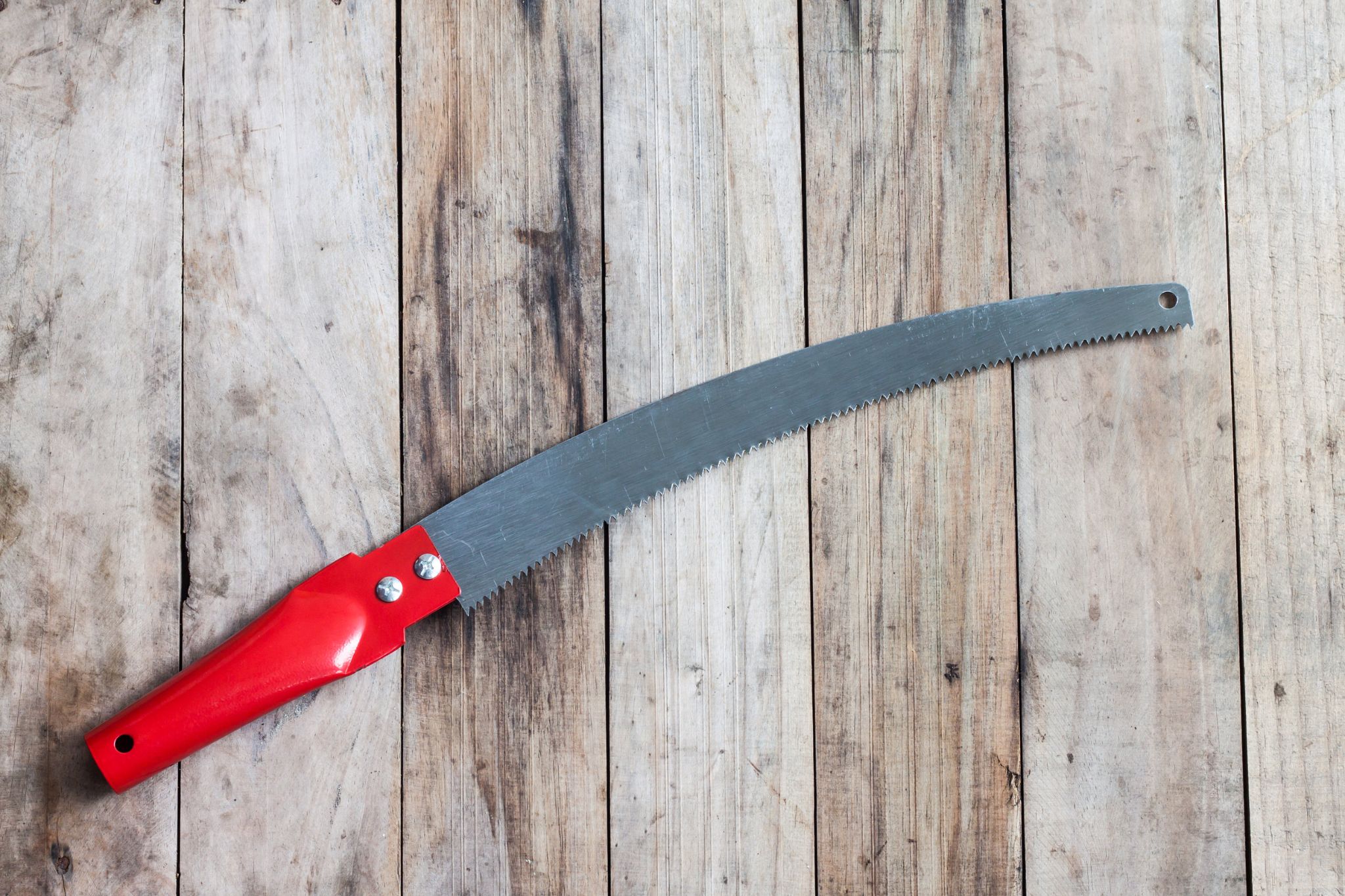
A pruning saw is a hand tool that has a blade with a sharp point on one side and a serrated edge on the other, which looks similar to a hacksaw – except it’s smaller in size. You can also use this kind of tool for trimming thicker branches because its blades are about six inches long, which makes them perfect for cutting through materials without exerting too much pressure on your arms.
36. Pruners
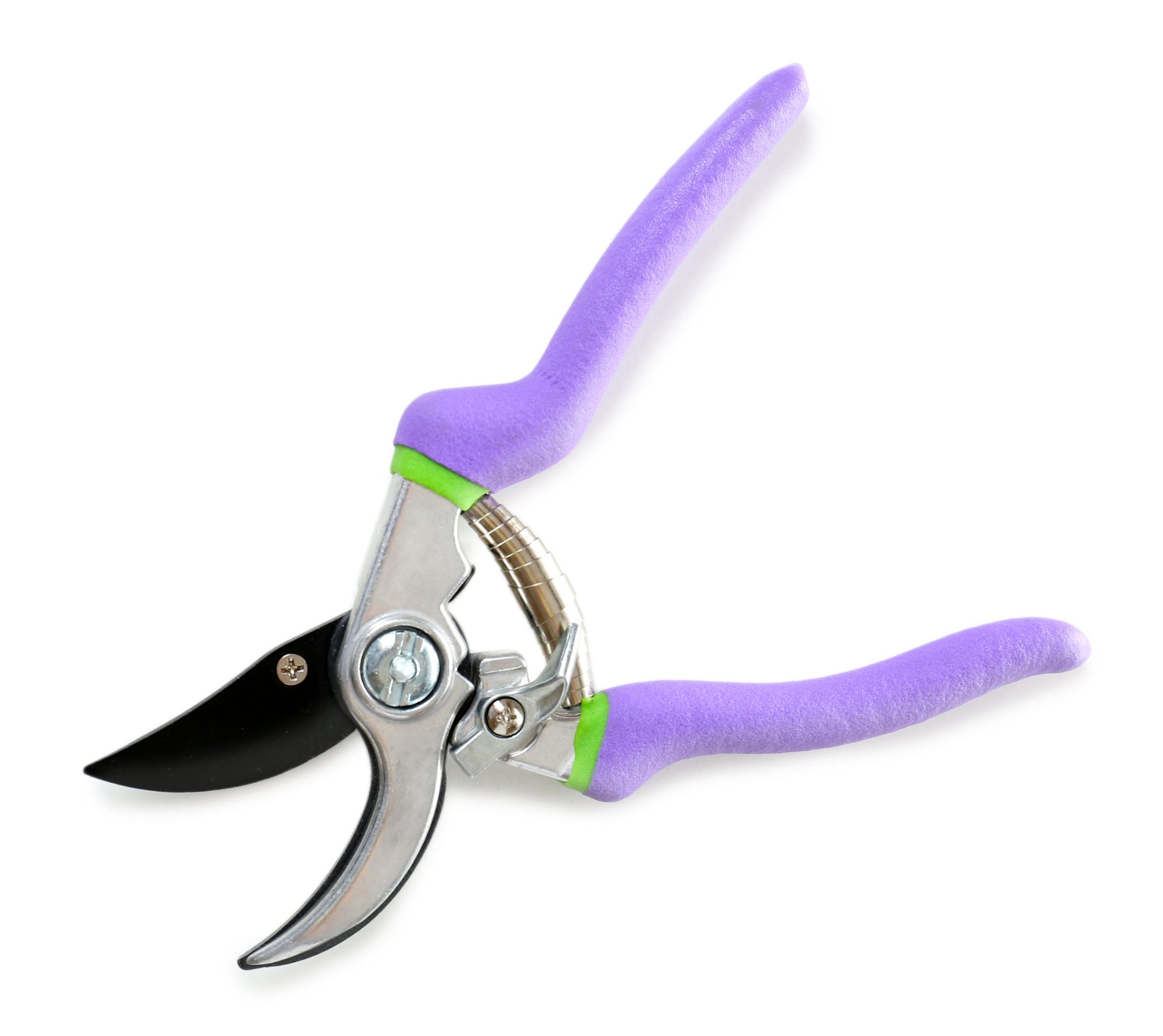
Pruners are another type of gardening tool that have two semi-circles made from metal or plastic attached to either end of a handle – which lets you cut small twigs and leaves with ease by placing them between both blades before the handles together until the blades meet.
37. Watering Can

A watering can is a gardening tool that consists of a container with a narrow spout on one side so you can control where the water comes out, which means it’s really helpful if you want to water plants evenly across an entire garden at once or fill up other tools like a lawn with water.
38. Hose

A hose is a device that has a series of small tubes running throughout its frame so it can carry out liquids with ease, which makes it perfect for watering plants and grass in your garden because the liquid moves faster than you could ever move by carrying around buckets or watering cans one at a time while walking back and forth across your garden. However, make sure you don’t leave it hanging out in the sun for too long because some kinds of hoses are made from plastic instead of metal – which means they’ll melt if exposed to high temperatures.
39. Shears

Shears are another gardening tool that have two blades attached to either end of a handle – which allows you to cut thick or thorny branches more easily because they apply less pressure than if you were using your hands to cut them.
40. Shovel

A shovel is a gardening tool that has a long handle and a flat metal or plastic blade at one end so you can move material from one place to another without too much trouble, which makes it perfect for reaching hard-to-get sources of water in your garden if you need something to drink right away.
41. Digging Fork

A digging fork is a gardening tool that has four large tines attached to a wooden or plastic handle – which lets you dig into dirt with ease because the shape creates more force when you push down on the ground compared to other types of shovels, rakes and forks out there. In other words, this kind of garden tool is great for loosening up soil before you plant any seeds or lay down new sod in your yard.
42. Lawn Mower

A lawn mower is a gardening tool that has a metal blade attached to a wheel, which can move from side to side as you push it back and forth on the ground so grass blades cut more easily against its sharp edges instead of getting tangled up in them. Some models even have motors inside of them so they don’t rely on you pushing them across a patch of grass – although most people still refer this kind of device as a lawn mower because it sounds cooler than “self-propelled motorized mini-grass cutter.”
43. Leaf Blower
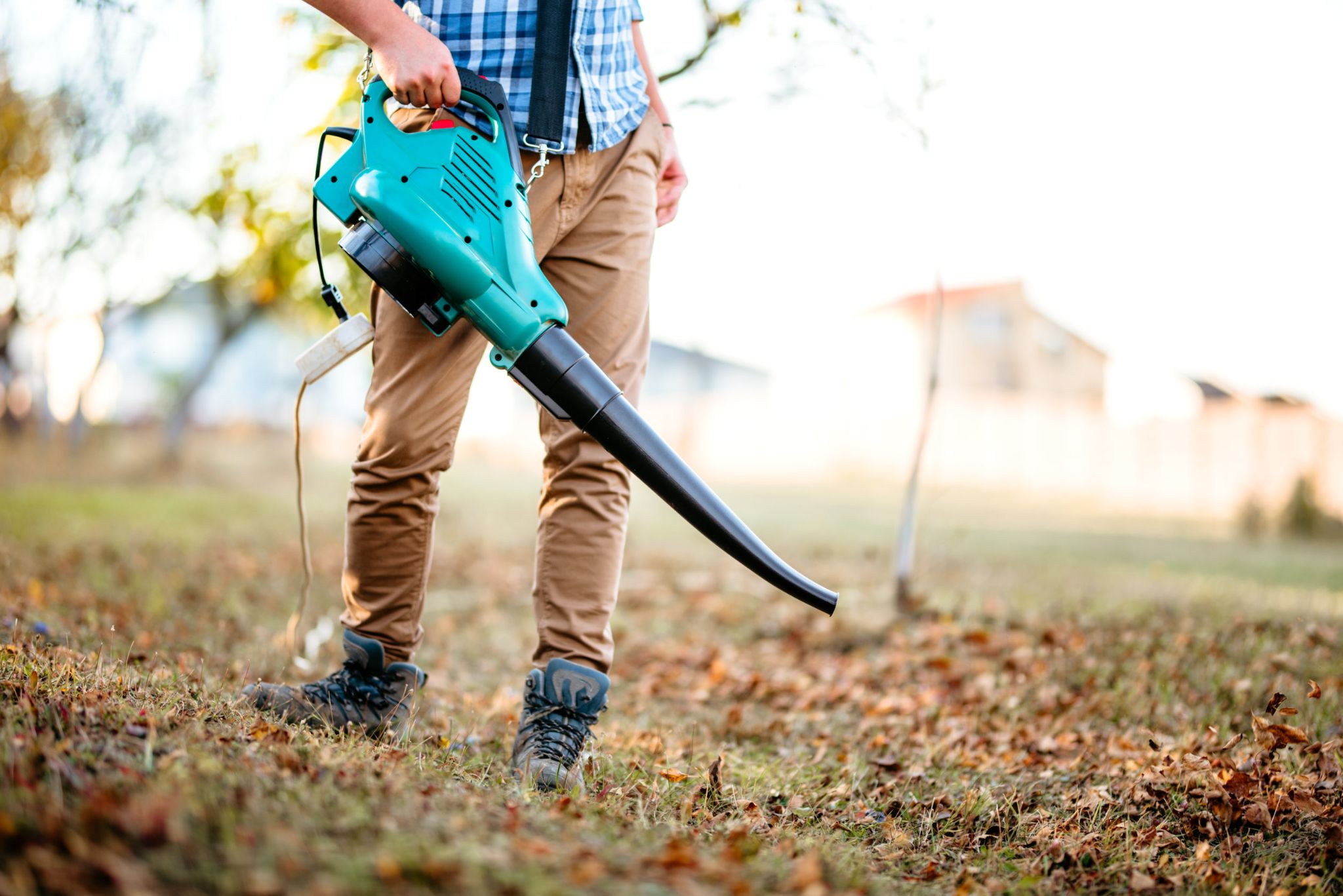
A leaf blower is another type of lawn mower that uses air instead of blades to clear out leaves from your yard, which is especially useful if you want to keep your garden looking nice for the entire year instead of just during fall.
44. Hedge Shears

Hedge shears are another type of gardening tool that have two blades attached to either end of a handle – which lets you cut hedges with ease by placing them between both blades before the handles together until the blades meet. However, some people like shaping their hedges into more creative designs by cutting away at them without making them too even or symmetrical. So feel free to improvise on this one!
45. Hoe/Cultivator

A hoe is a gardening tool that has a long handle with a flat blade attached to either end of it so you can turn over the soil in your garden or remove weeds that grow inside of it, which is useful if you want to fertilize your soil with manure or compost instead of just keeping it plain old dirt.
46. Rake

A rake is another type of gardening tool that has a long pole with a metal frame at one end and thin wire bristles on the other side – which lets you move material from one place to another without too much trouble, making this kind of device perfect for shifting around piles of leaves in your yard after Autumn comes. However, make sure not to scratch up your lawn too badly when you’re done because any permanent damage could cause your grass to die off or be less resistant to weeds in the future.
47. Hedge Trimmer

A hedge trimmer is another type of gardening tool that has a long handle with saw-blade teeth attached to it – which means you can cut thick or thorny branches more easily because the blades apply less pressure against your skin than if you were using your hands to cut them.
48. Roto Tiller

A roto tiller is another kind of gardening tool that has two metal shafts attached to either end of a wheeled frame – which lets you cut up dirt faster because the blades spin at a faster speed than if you were using your hands to do it. So feel free to hop on this one and keep tilling until your garden is as lovely as can be.
49. Wheelbarrow

A wheelbarrow is a gardening tool that has a wheel attached to either end of a metal pole so you can move large amounts of material around your yard with ease, which is great for moving piles of leaves, dirt or compost from one place to another. However, some wheelbarrows have open tops so the wheel part actually functions as one giant scoop – which means you have to be careful not to spill anything while carrying it.
Tools by Job
50. Hardwood Flooring Installation Tools

Now that hardwood flooring is more affordable and accessible, it’s a great choice for weekend projects.
Hardwood remains to be the top choice for flooring. It first became a viable option back in 1600 when only wealthy individuals could afford them as they had to have professionals install it themselves on their homes due to its rarity at the time but now things are different because installing one can all by yourself with just your weekends free even if you don’t have much experience so long as you’re willing and ready which makes this product worth checking out.
51. Tile Flooring Tools
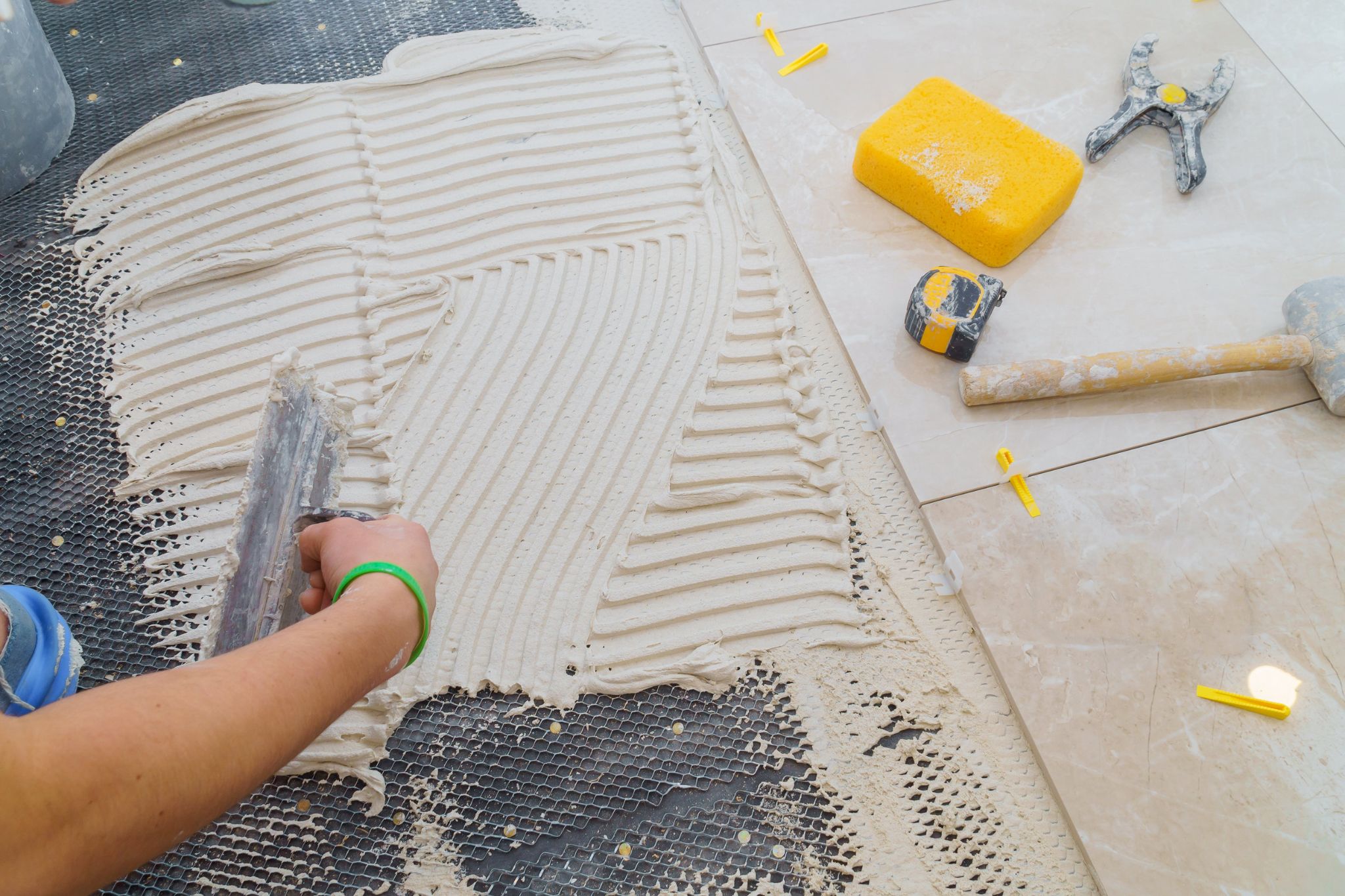
Tile flooring is another type of flooring that can be used around the home. Tile floors are easy to clean, making them great for homes with pets or children.
If you’re working with tiles, make sure to get all the right tools before laying them out on your floor. These include a tile cutter and grout spreader that can help ensure an even cut when it comes time to lay down the pieces of stone, wood or plastic for decoration in kitchens and bathrooms.
52. Cabinet Making Tools

Cabinet-making tools are another type of home improvement tool that can help you in building custom cabinets for your kitchen.
While the most common types of cabinet-making tools include both hand and power saws, there are other kinds that can help when it comes time to put together that new entertainment unit or repaint an entire room in order to re-furnish it with a brand new look.
53. Ironworking Tools

Ironwork is one of the oldest methods of working with strong metals like steel which has been used for centuries since the times of Ancient Egypt where they would craft items from metal using fire and stones as hammers to cut out shapes from them then assemble those pieces together into usable things such as armor, weapons and decorative items.
54. Plumbing Tools
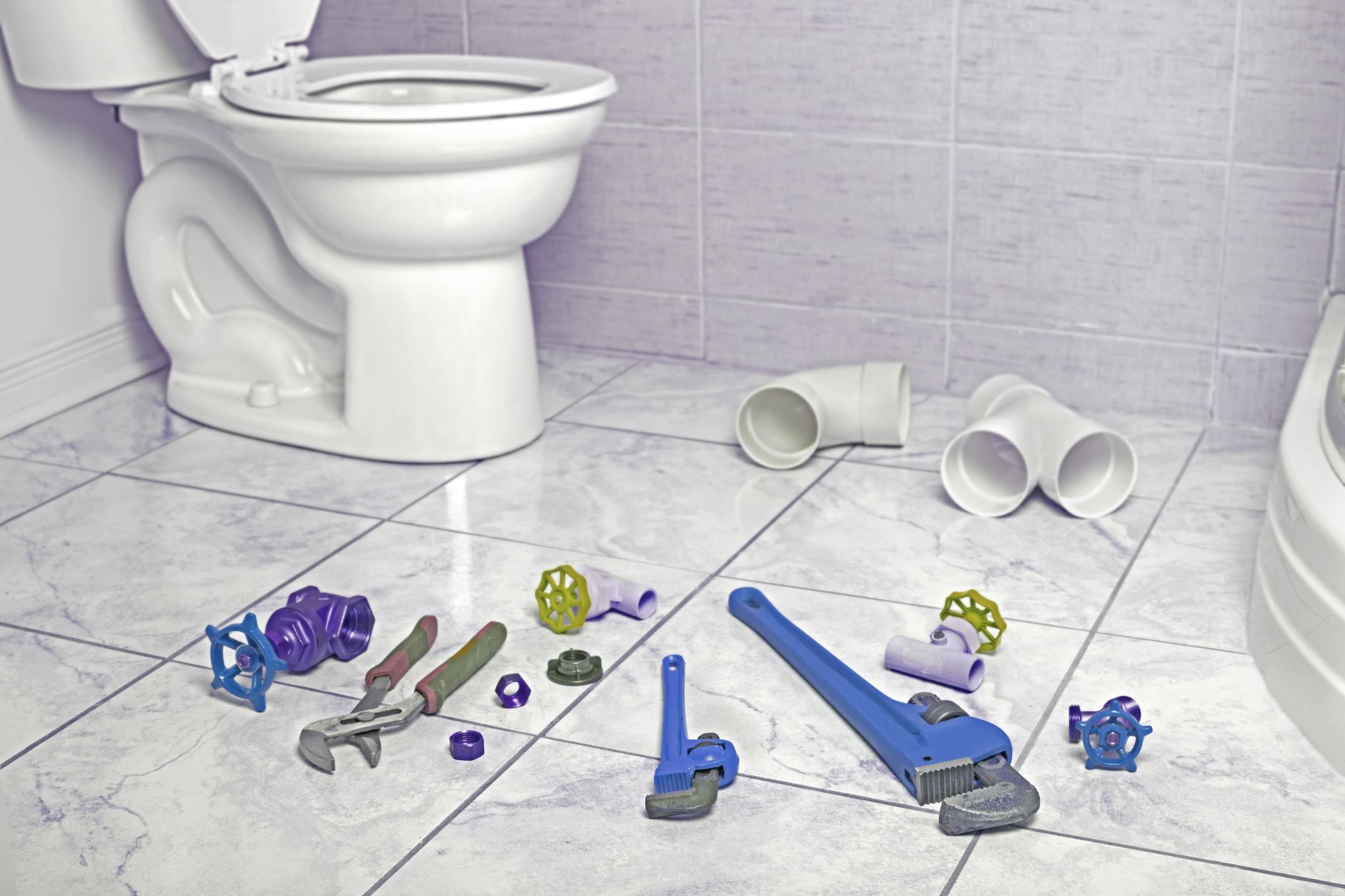
Plumbing tools are another kind of tool that can help make life easier for you when it comes to the daily chores around the house like washing dishes, taking out the trash or flushing toilets after your kids have left them sitting there for hours. Unfortunately, because most plumbing work has to be done under sink or behind walls, many homeowners tend to just do it themselves instead of hiring a professional which can cost them more in repairs than necessary so doing it yourself is no longer an excuse not to call someone if need be unless you don’t mind paying the consequences later on down the road which you probably will once things start to really fall apart without proper care. So follow up with this one and do your due diligence in your local area if you’re really dead set on not wanting to do it yourself.
55. Fireplace Tools

Now that the days are shorter and the weather is colder, there’s no better time to cozy up in front of a fireplace with your favorite blanket or start up that fall soup you’ve been wanting to make.
Fireplace tools can help keep things under control while you’re burning logs inside an indoor fireplace. These include pokers for when it gets too hot or when ash starts forming on the top – which can be another sign that it’s time to sweep so sweep away! – as well as tongs for moving them around safely when they need adjusting or cleaning out before placing them back in after you’re done with them until next winter comes around again.
56. Drywall Tools
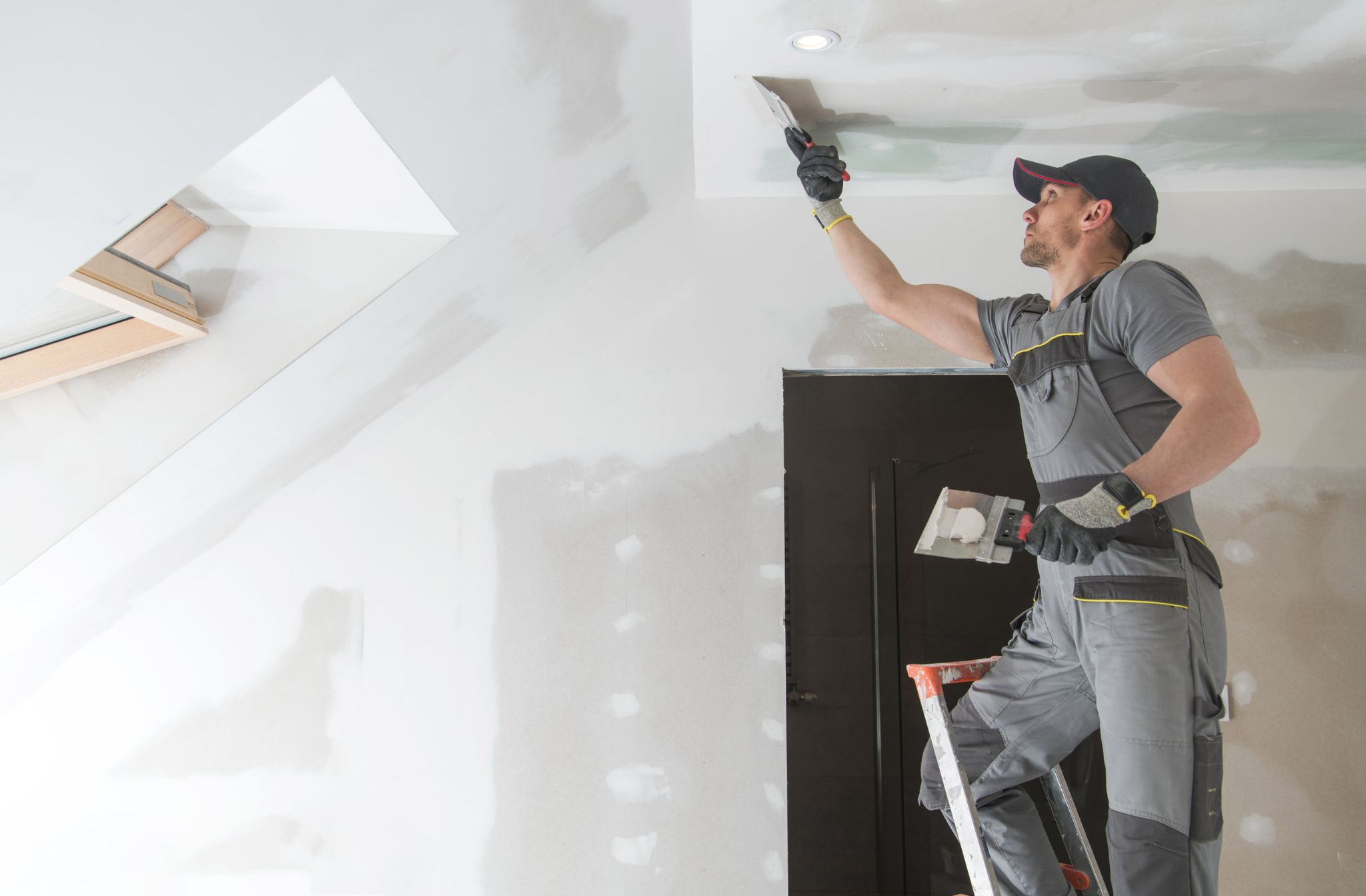
Drywall tools are another type of tool kit which you should have if you’re doing any drywall work.
Tools for working with drywall range from all kinds of different saws to put the pieces together while others out there include special corners that’ll allow for faster cutting when it comes time to install your new walls in your home or office.
57. Sanding Tools

If you want to get into sanding, don’t forget about sanding tools like sanders and sand paper to help get rid of old paint jobs, smooth out furniture before staining them or refinishing floors inside the house before moving on to other rooms in order to complete the look or change it around completely because trust, I’ve been there done that and it’s no fun having to buy new things all over again.
58. Gutter Cleaning Tools

Gutter cleaning tools are another type of tool that homeowners should have when it comes to taking care of guttering around the house. This includes all kinds of different equipment which you can buy online or in your local hardware store that’ll help get rid of leaves, bugs and other debris before they cause any damage not only to gutters but the roof itself so you’ll have more time to relax instead of worrying about what’s going on outside.
59. Leatherworking Tools

Leatherworking is a hobby enjoyed by many people around the world these days working with things like animal hides, skins, fur and even more exotic materials found in Asia where some skilled craftsmen are able to work with things like stingray skin from the belly area underneath its hardened exterior which is used to make shoes, handbags and other fashion accessories for those with expensive tastes.
Tools used in the leatherworking industry range from hand held knives to very large stitching machines that can speed up the process of sewing different pieces together like an assembly line before they come together into one big piece or pattern that can then be cut out using even more specialized tools depending on how it’s done whether by machine or manually by someone who knows what they’re doing.
60. Concrete Tools

Concrete tools are another type of tool kit you can choose to buy before getting started on a home improvement project involving concrete.
Tools used in the concrete industry range from very sturdy shovels and spades, all kinds of different rakes with various shapes and sizes depending on how they’re going to be used for things like smoothing out gravel surfaces or removing excess material, not to mention folding saws that’ll help cut through iron rods with ease or Hilti guns which use compressed air to drive them into tough materials like hard rock and metal before actually pouring the cement.
61. Painting Tools

You can’t have a home improvement project without painting tools which are another type of tool you’ll need before getting started on something big.
Tools used by painters include all kinds of different brushes to fit almost any job including speciality ones for very small or large areas where there isn’t much space to work with, rollers for working quickly over large surfaces without the material dripping along with multiple trays depending on how many colors they’re planning to use but if they plan on using more than one it’s best to get three so that they can keep them separate from each other before moving onto the next color.
62. Home Automation Tools

Another type of tool you should consider buying before starting your next big project around the house is tools used for home automation.
Tools used in the home automation industry are rather expensive but well worth it because they’ll allow you to remotely control things like lighting, sprinkler systems outside the house, heating and cooling depending on how much money you want to spend which could run into thousands of dollars easily because having a job means nothing if you can’t afford to pay for basic necessities like food and shelter or fix your car when something goes wrong.
63. Paint Removal Tools

Paint removal tools are yet another type of tool that it’s possible for homeowners to invest in before getting started on any big painting projects around the house.
Tools used in the paint removal industry include all kinds of different grinders with various attachments depending on what they’re planning to work on like tables, chairs or other pieces of furniture which don’t have much use anymore because something like a table can become useful again if you cover it with a glass top and put some lamps underneath to make an awesome coffee table while still having one less chair to move around when guests come over.
64. Piano Tuning Tools

Piano tuning tools are another type of tool you should consider buying if you don’t already have them in your home improvement tool kit to get started on a big project.
Tools used for piano tuning vary depending on what they’re working on because some pianos have much longer strings or hammers that need special treatment when being tuned which is why it’s important to invest in the right kind of long rulers which measure strings up to 3 1/2 meters (11 feet 6 inches) or even more like 5 meters (16 feet 5 inches).
65. Pottery Tools

Pottery tools are another type of classic home improvement tool kit that can be found almost anywhere including online at places like Etsy where you can get custom orders made using all kinds of different materials depending on what kind of work is being done.
Tools used for pottery making include a wheel for working on clay and throwing large pieces which can only be achieved by using a gas or electric powered motor, various disks to make different shapes with, tools used for sculpting as well as all kinds of different things like sponges and rakes that can be used during the finishing process to give it an awesome smooth surface.
66. Wallpapering Tools

Wallpapering tools are another type of classic home improvement tool kit that can be found almost anywhere including online at places like Etsy where you can get custom orders made using all kinds of different materials depending on what kind of work is being done.
Tools used for wallpapering include a trowel which is attached to the end of a pole that’s used to spread glue evenly across flat surfaces as well as a variety of wallpaper pastes from liquid paste to thick paste-like formulas depending on the type of material they’re planning to hang on their walls, paint brushes and even large squeegees or scrapers which help remove bubbles once it’s been hung so nothing goes wrong.
67. Carpeting Tools

Carpeting tools are another type of tool that can help you get started on carpeting your floors in any room at home depending on what you need.
Tools used for carpeting include a j-roller which is used to flatten the pile after it’s been glued down, power stretchers or pullers which work like large tweezers by attaching either end to opposite sides of the carpet in order to stretch it out without tearing holes into it when pulling with enough force, bubble levels to make sure everything has been installed perfectly flat and even smaller tape measures when measuring the rough size of rooms before having new carpets installed.
68. Vinyl Siding Tools

Vinyl siding tools are another type of tool that can help you get started on building a new home or doing any kind of home improvement projects around the exterior which vary depending on what they’re working on.
Tools used for vinyl siding include a tin snip which is used to cut and trim pieces to various different shapes and sizes, an awl which pierces holes in order to start stripping screw ends off without risk of damaging them when using pliers, a staple gun with special strips that are made especially for different types of installation, wire bristles for finishing off old paint before installing vinyl sheets as well as all kinds of other accessories depending on what they’re planning on looking at.
69. Stucco Removal Tools

Stucco removal tools are another type of tool necessary in order to remove stucco from wall surfaces by vaporizing the water which help break up and soften it enough for it to be scraped off without causing too much damage when removing.
Tools used for stucco removal include a scraper with replaceable blades which can be attached in order to prevent them from wearing down especially on rough surfaces, power sprayers with different attachments like nozzles or even longer hoses (up to 16 feet) that can reach further than what they could do themselves, trowels for making sure the new surface is flat before finishing off any exposed pieces where there wasn’t any stucco before as well all kinds of other accessories depending on what they’re planning on working on.
70. Roofing Tools
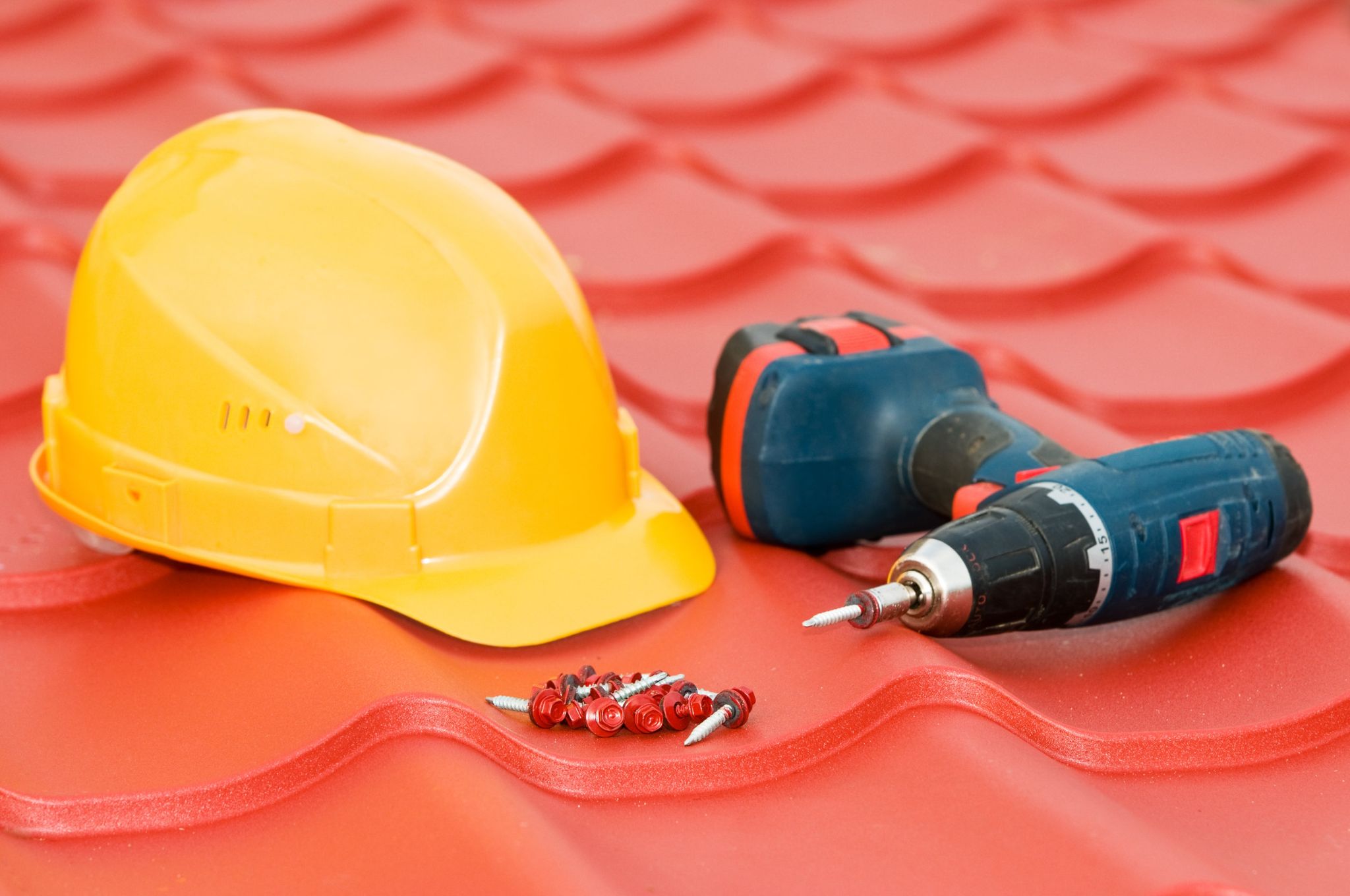
Roofing tools are another type of tool that can help you get started on any kind of roof installation or home improvement projects which vary depending on what they’re working on making sure everything is installed perfectly across the entire area without causing too much damage when removing old pieces.
Tools used for roofing include a square-nose shovel which helps them level off ground surfaces especially where there’s rocks, hand saws for cutting straight lines across the roofing when needed, a steel brush for stripping off old layers of paint before installing new pieces, a chalk line which is used to perfectly plot out where each piece will go before installing them across the entire surface, all kinds of hand-held tools that fit into their palm in order to remove nails from boards without having to bend over and pick up everything afterwards as well as other accessories depending on what they’re planning on working on.
71. Masonry Tools

Masonry tools are another type of tool that can help you get started on any kind of masonry installation or home improvement projects which vary depending on what they’re working on making sure everything is installed perfectly across the entire area without too much damage when removing old pieces.
Tools used for masonry include small hand chisels which come in different shapes and sizes depending on the type of surface they’re working with, mortising tools for making sure everything is perfectly cut to fit in before installing it, a hammer drill which sticks into their palm when doing heavy-duty drilling without having to carry around power cords or extension cords across each section, all kinds of files that help smooth out surfaces after being worked on in order to avoid sharp pieces later on as well as other accessories depending on what they’re planning on looking at.
72. Picture Framing Tools

Picture framing tools are another type of tool that can help you get started on different types of picture frame installation or home improvement projects which vary depending on what they’re working on making sure everything is installed perfectly across the entire area without causing too much damage when removing old pieces.
Tools used for picture framing include a plumb line which is used to measure straight lines in order to make sure they’re perfect before placing nails or anything else, a hammer with all kinds of faces that give them more options when nailing things down, safety glasses when the risk of flying debris is high, spring clamps when there’s no room to fit both hands inside the frame itself in order to hold everything together while installing nails as well as other accessories depending on what they’re planning on looking at.
73. Printmaking Tools
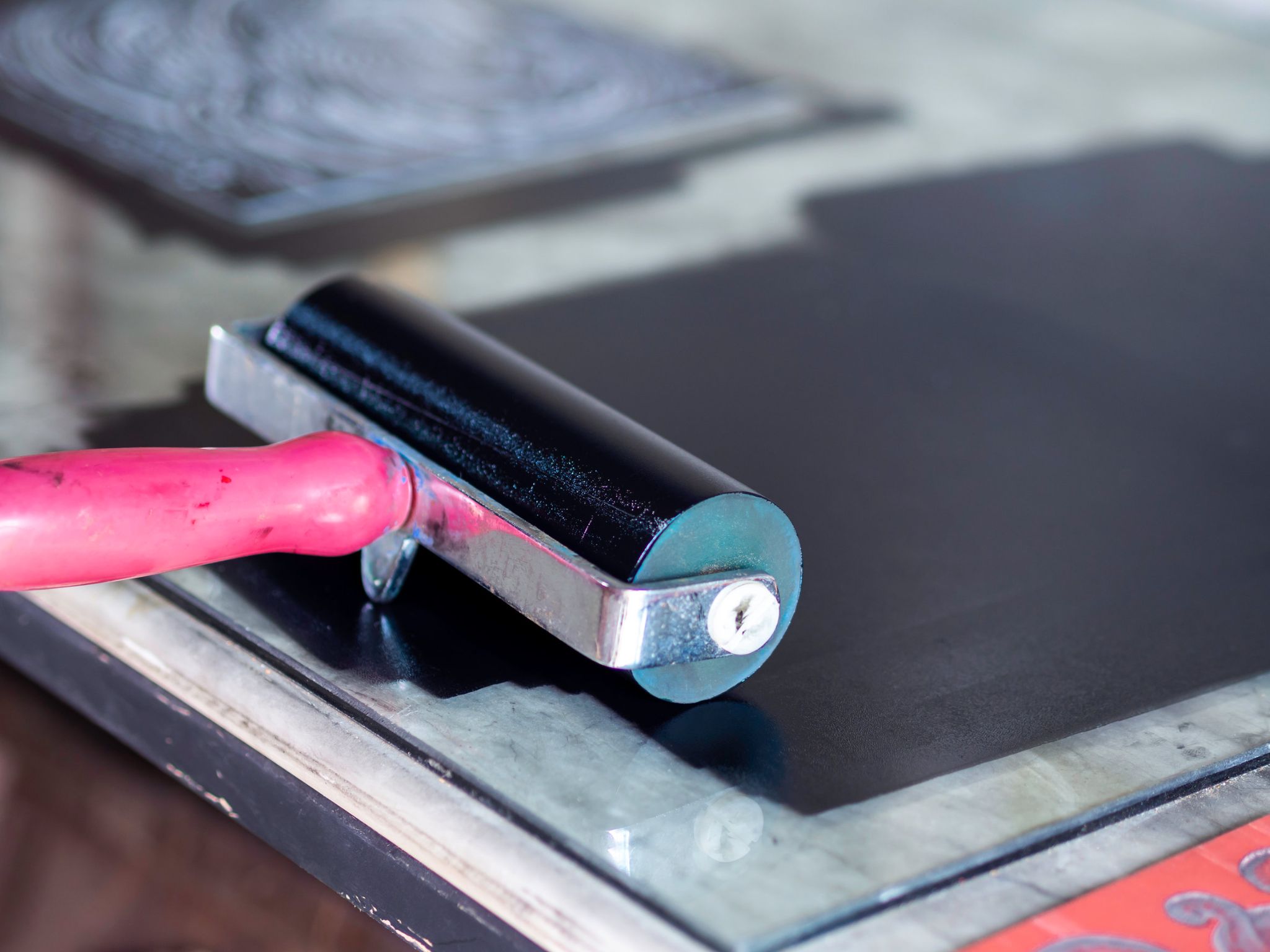
Printmaking tools are another type of tool that can help you get started on different types of print making installation or home improvement projects which vary depending on what they’re working on making sure everything is installed perfectly across the entire area without causing too much damage when removing old pieces.
Tools used for printmaking include a bevel eraser which helps clean off any dust from previous pieces, burnishing tools made out of animal bones which rub down past prints to make it look as good as new by filling in missing parts with ink, all kinds of printing press machines where templates need to be taken off each time before starting the process from scratch again, wiping rods made out of a strong cloth which help remove excess ink from the surface before putting on a new design, printmaking knives which function as a brush for filling in missing pieces with more ink if needed and other accessories depending on what they’re planning on looking at.
74. Foam Cutting Tools

Foam cutting tools are another type of tool that can help you get started on different types of foam installation or home improvement projects which vary depending on what they’re working on making sure everything is installed perfectly across the entire area without causing too much damage when removing old pieces.
Tools used for foam cutting include a hot wire cutter which helps slice through dense foam boards if needed, an electric knife which works by pushing down with both hands instead of only one, all kinds of sanding blocks which smooth out rough edges after being cut to avoid getting hurt while installing new designs, self-healing mats where templates need to be placed in order to prevent cuts from happening when using knives while cutting them down and other accessories depending on what they’re planning on looking at.
75. Grout Removal Tools

Grout removal tools are another type of tool that can help you get started on different types of installation or home improvement projects which vary depending on what they’re working on making sure everything is installed perfectly across the entire area without causing too much damage when removing old pieces.
Tools used for grout removal include all kinds of wire brushes which help remove built-up dirt after being left out for too long, combination tools made out of wood pieces and grout saws used to cut through hard materials like stone in order to make way for new pieces, all kinds of scrapers including steel blades with wooden handles sticking out to avoid breaking them off inside the material itself, putty knives for smoothing out surfaces before laying down pieces as well as other accessories depending on what they’re planning on looking at.
76. Leather Cutting Tools

Leather cutting tools are another type of tool that can help you get started on different types of leather installation or home improvement projects which vary depending on what they’re working on making sure everything is installed perfectly across the entire area without causing too much damage when removing old pieces.
Tools used for leather cutting include a rotary cutter which functions by attaching blades around a wheel and pulling them along, an adjustable scissor specifically made out of metal to avoid breaking off over time, all kinds of shears with serrated edges for helping cut down thick materials like denim and other accessories depending on what they’re planning on looking at.
77. Brick Laying Tools

Brick-laying tools are another type of tool that can help you get started on different types of brick installation or home improvement projects which vary depending on what they’re working on making sure everything is installed perfectly across the entire area without causing too much damage when removing old pieces.
Tools used for bricklaying include all kinds of chisels and scrapers made out of metal and wood in order to remove excess bricks and mortar to make way for new ones, a brick hammer with a flat end in order to knock down any uneven pieces before setting them up again, a pointing trowel which helps lay down fresh mortar after being applied from a bucket, steel tweezers used for lifting up loose ends if needed as well as other accessories depending on what they’re planning on looking at.
78. Fence Building Tools

Fence building tools are another type of tool that can help you get started on different types of fence installation or home improvement projects which vary depending on what they’re working on making sure everything is installed perfectly across the entire area without causing too much damage when removing old pieces.
Tools used for fence building include all kinds of pliers like fencing pliers for clipping ends off, lineman’s pliers which allow you to twist pieces around if need be, metal snips specifically made out of hardened steel in order to cut down pieces without breaking them off or any other accessories depending on what they’re planning on looking at.
79. Car Wash Tools

Car wash tools are another type of tool that can help you get started on different types of car washing or home improvement projects which vary depending on what they’re working on making sure everything is installed perfectly across the entire area without causing too much damage when removing old pieces.
Tools used for car washing include all kinds of sponges with bristles attached in order to scrub down uneven parts, rags for drying off excess water and other accessories depending on what they’re planning on looking at.
80. Window Cleaning Tools
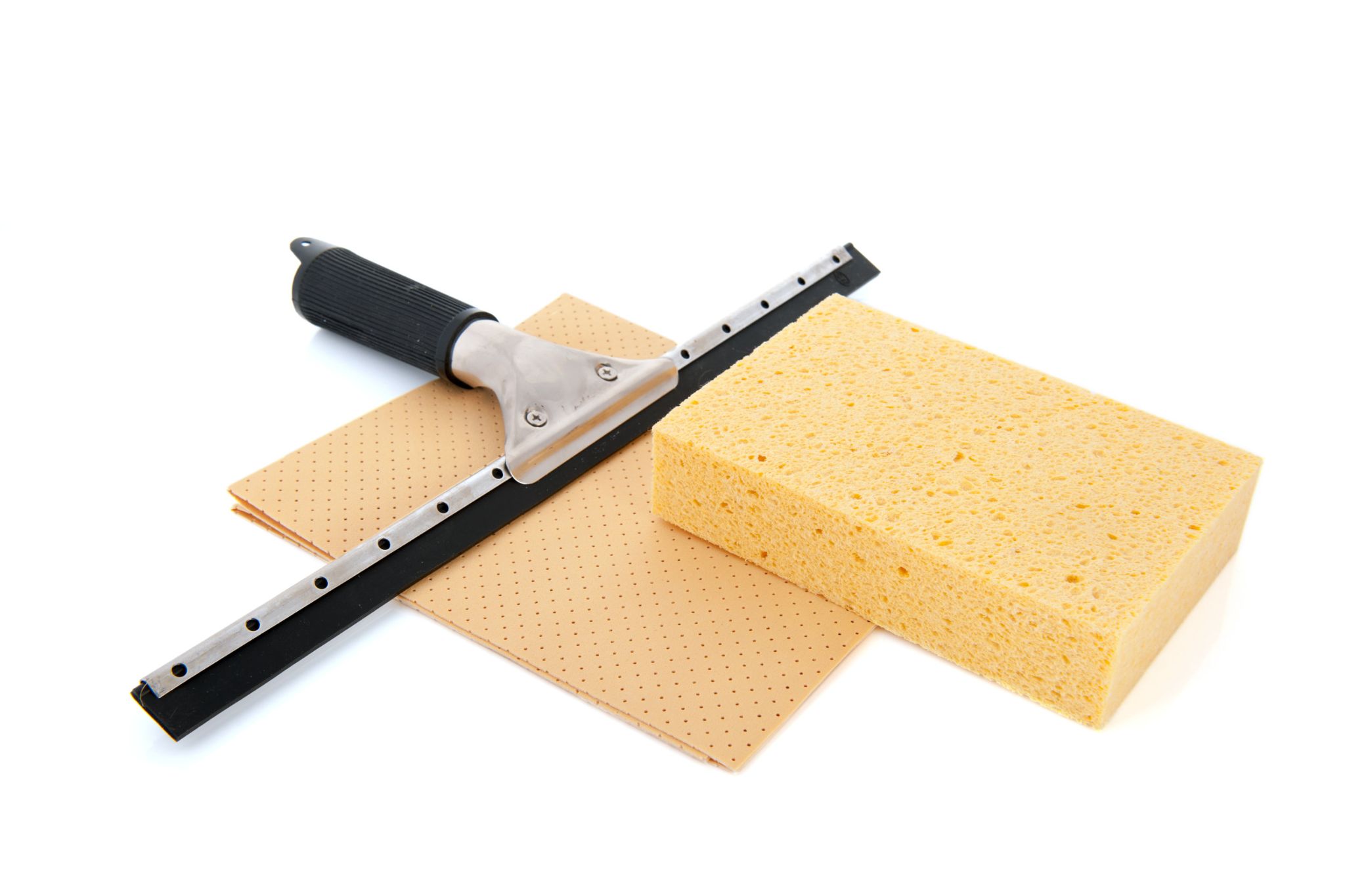
Window cleaning tools are another type of tool that can help you get started on different types of window washing or home improvement projects which vary depending on what they’re working on making sure everything is installed perfectly across the entire area without causing too much damage when removing old pieces.
Tools used for window cleaning include all kinds of brushes with natural bristles in order to scrub down surfaces and make them sparkle, squeegees meant specifically for scraping surfaces clean after being sprayed down, towels for drying off any excess water and other accessories depending on what they’re planning on looking at.
81. Washing Machine Tools

Washing machine tools are another type of tool that can help you get started on different types of washing machine installation or home improvement projects which vary depending on what they’re working on making sure everything is installed perfectly across the entire area without causing too much damage when removing old pieces.
Tools used for washing machine installation includes all kinds of wrenches for tightening up screws, pliers meant specifically to handle rust which means they’re made out of special materials that will last without breaking apart, garbage bags to wrap things up in order to carry them around and other accessories depending on what they’re planning on looking at.
82. Trash Hauling Tools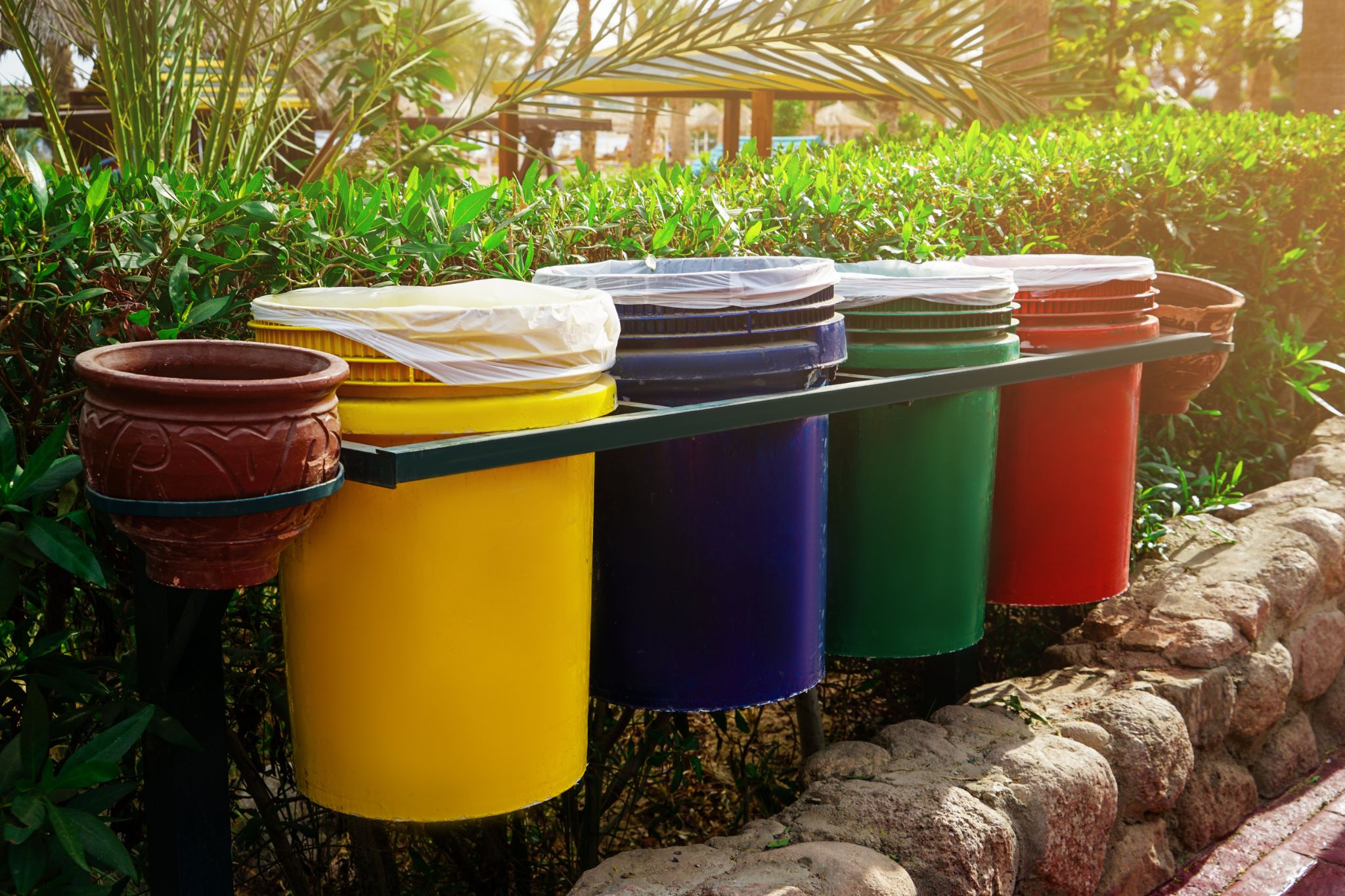
Trash hauling tools are another type of tool that can help you get started on different types of trash hauling or home improvement projects which vary depending on what they’re working on making sure everything is installed perfectly across the entire area without causing too much damage when removing old pieces.
Tools used for trash hauling include all kinds of boxes with lids meant to carry heavy items, gloves made out of materials that are designed specifically to withstand being touched by things inside the dumpster which would otherwise be dangerous, flashlights so they can see inside dark areas and other accessories depending on what they’re planning on looking at.
83. Fastening Tools
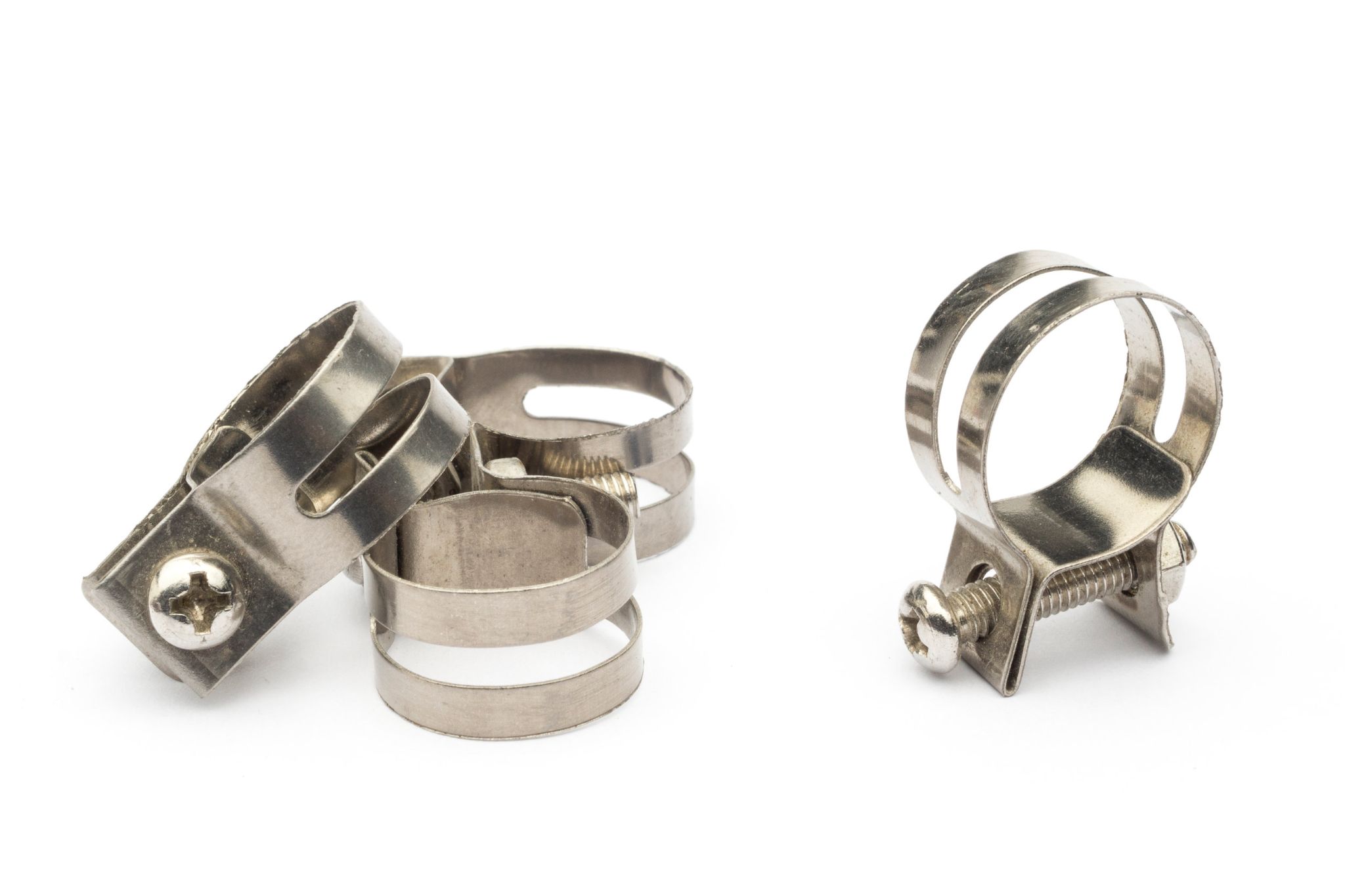
As you can probably guess, fastening tools are another type of tool that can help you get started on different types of fastening or home improvement projects which vary depending on what they’re working on making sure everything is installed perfectly across the entire area without causing too much damage when removing old pieces.
Tools used for fastening objects together vary between all kinds of wrenches with the exact dimensions required to tighten down screws, hammers meant specifically for striking surfaces inside hard to reach areas which means they’re designed not to slip out of your grip along the way, magnets for picking up dropped fasteners and other accessories depending on what they’re planning on looking at.













